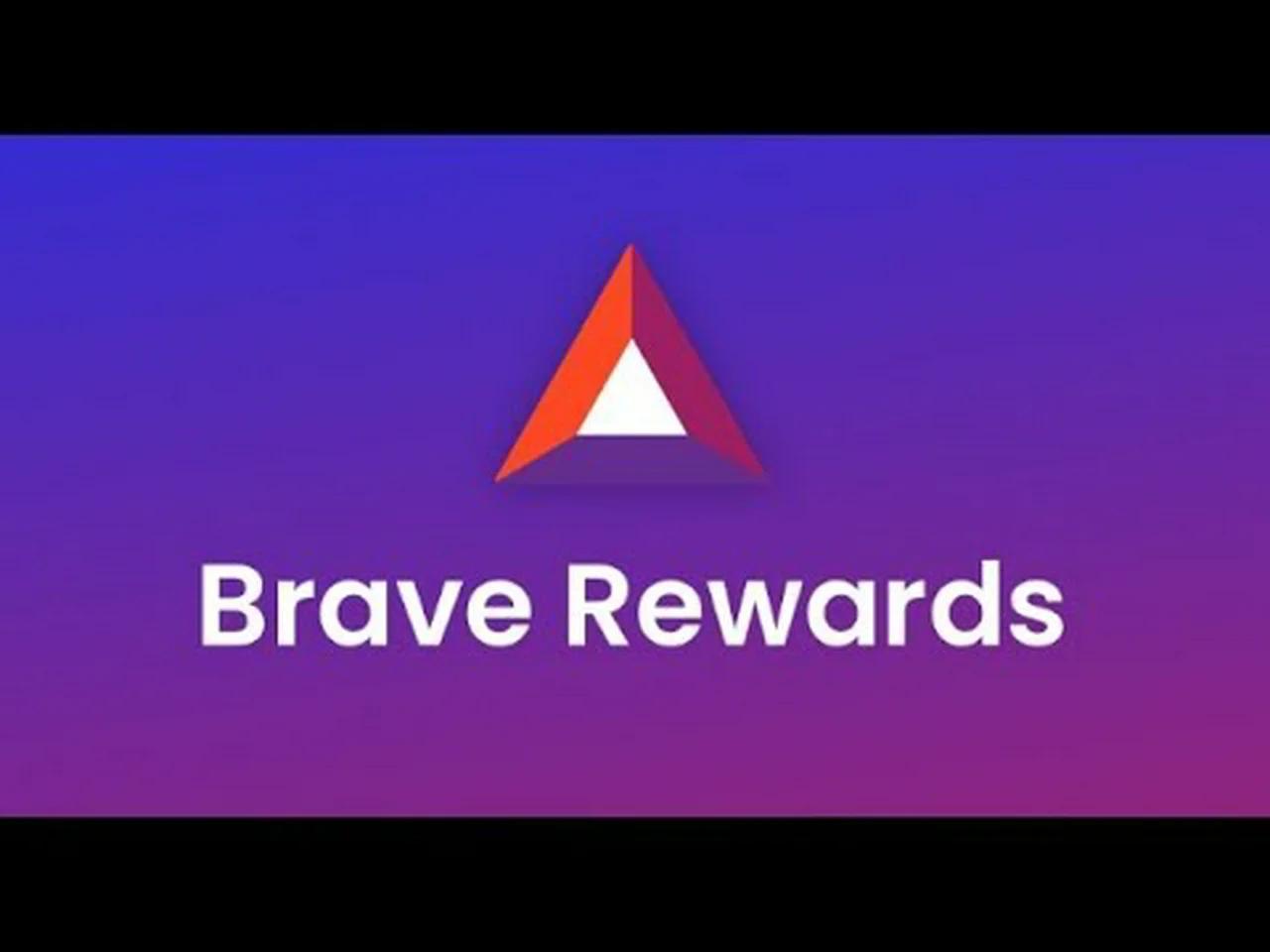Centralized companies run standard Web 2 platforms. The platforms commercialise user data and traffic, making it hard for users to benefit from their content development or participation. Web3 attention economy advocates “decentralization, user ownership, and value consensus” to give users control over their attention and content.
Many projects in the Web3 industry have tried to explore user sovereignty and value distribution, and Web3 attention economy consumer entertainment platform T-Rex is one of them. The project recently completed a $17 million pre-Seed financing, with investors including Portal Ventures, Framework Ventures, and Arbitrum Gaming Ventures.
T-Rex’s purpose is consumer entertainment and content delivery. Its founder, Everest Venture Group (EVG), wants to bring mainstream Internet users and content developers to Web3. Through the concept of “attention economy,” it records users’ interactive behaviors on social media and video platforms on the chain. It gives cryptographic rewards, aiming to solve the “digital ghost town” phenomenon and “mercenary user” problems in the blockchain ecosystem.
Web3 Rewards for Engagement
T-Rex uses browser plug-ins (Chrome extensions) to replicate the distribution and incentive mechanism of the Web2 platform and Blockchain. This enables users to easily obtain token rewards in their familiar social, video, and entertainment environments while becoming the infrastructure of the Web3 attention layer. T-Rex targets general consumers, including everyday users of social media platforms like YouTube, TikTok, and Twitter, as well as content creators and gamers. Entertainment content is popular among these groups.

The Proof-of-Engagement (PoE) consensus mechanism secretly tracks users’ activities on popular social media sites using browser plug-ins. It creates privacy-protected records for actions such as liking, watching videos, and sharing content, automatically awarding points and token rewards. This technique verifies and evaluates real user interactions to distinguish them from computer activity.
T-Rex Web3 Simplified
T-Rex is designed to enhance the user experience by simplifying the process and lowering the threshold. Users only need to install the T-Rex browser plug-in to continue browsing popular social media and video websites. All interactions are automatically recorded and instantly exchanged for rewards, without manually creating wallets or understanding encryption technology.
We plan to launch the plug-in this summer. The platform also provides developers with comprehensive documentation, APIs, and SDKs to simplify the development and access of consumer-grade dApps. It has established an incubation fund of approximately US$8 million to support ecosystem construction, technical resources, and community operations.
To safeguard data privacy and secure Web2 content data and Web3 reward links, T-Rexes ZK-TLS (zero-knowledge transport layer security). Built on Ethereum ecological technology. The T-Rex offers security and compatibility with mainstream wallets like MetaMask, enabling cross-chain asset flow and development tool reuse.
Brave Rewards Crypto Ecosystem
There have been precedents for projects that target user attention and convert it into crypto rewards. The Brave browser, which has been online for several years, is a representative of such projects and is also considered an early explorer of the Web3 attention economy.

Recent statistics from Brave co-founder Brendan Eich predict 87 million monthly active users and 36 million daily active users by April 2025. With 87 million monthly active users and 36 million daily active users, Brave’s market acceptability remains high. Brendan said Brave wants 100 million monthly active users this year.
Final thoughts
Despite differing economic models, technical methods, and ecological reach. Brave and T-Rex turn Web2 users’ browsing or interactive actions into token incentives. Brave offers “privacy-first advertising incentives,” while T-Rex delivers attention rewards across all social and content interaction activities in complex consumer applications.
Brave’s user growth and revenue curve are impressive. The Ecological expansion suggests that the “attention economy” has promising prospects in the mainstream consumer market and broad appeal to mainstream Web2 users. T-Rex may break into consumer Web3 with its larger coverage of social, video, gaming, and e-commerce and lower usage threshold.


